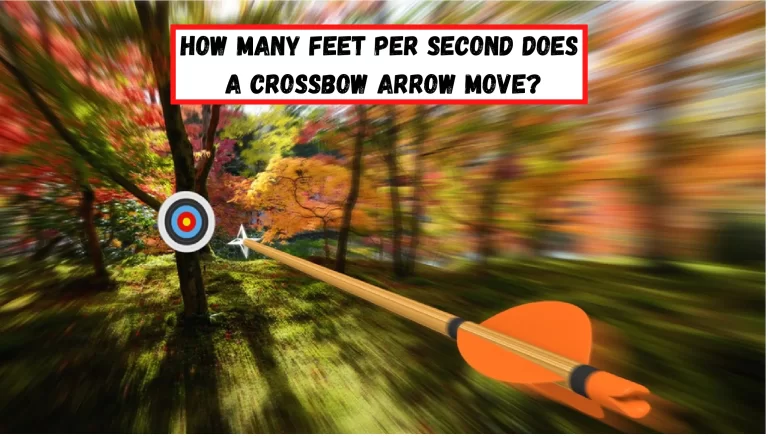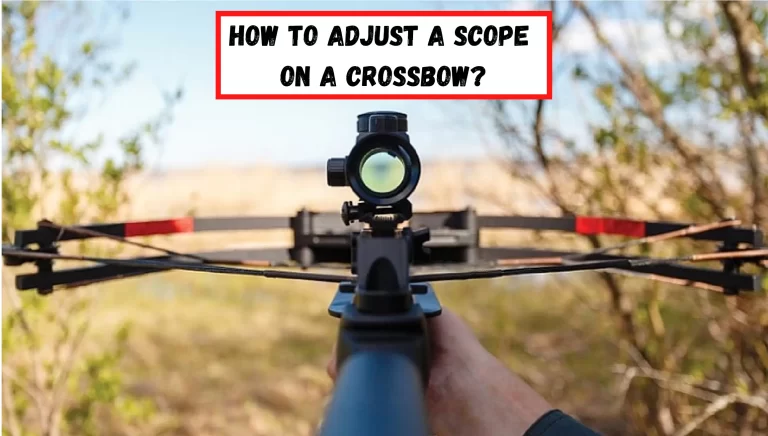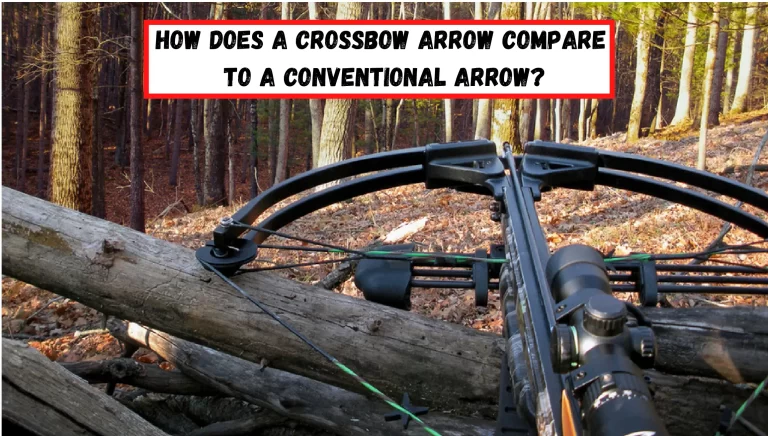What Describes The Latch On A Crossbow? – [Explained]
"As an Amazon Associate, I earn from qualifying purchases. This post contains affiliate links"
Crossbows have been around for centuries, and are still used for hunting and shooting sports today. The latch, or trigger, is an important part of the crossbow that allows the user to fire the bow. But what exactly is the latch on a crossbow and what does it do?
The latch on a crossbow is a trigger that releases the string to fire the bow when the trigger is pulled. It is typically made of metal or plastic and is usually connected to the string with a hook or a loop. This latch is responsible for releasing the string to fire the arrows and is an integral part of the crossbow.
When the latch is pulled, the tension on the bow string is released and the force of the string propels the arrow forward. This simple mechanism allows the user to fire arrows with great accuracy and power.
It is an interesting piece of engineering that has been refined over the centuries and is essential for successful crossbow shooting. So, how does the latch on a crossbow work and how can it be used? Read on to find out more about this fascinating piece of technology.
What Are the Different Types of Crossbow Latches?
There are three main types of crossbow latches: gravity latch, manual latch, and roller nut latch. In this section, we will explore the features and benefits of each type of latch to help you decide which one is best for you.
Gravity Latch
A gravity latch is the most common type of latch used on crossbows. It is a simple device that is operated by the force of gravity. The latch is connected to the top of the bowstring and when the bow is cocked, the latch automatically drops down and locks into place. This type of latch is easy to operate and provides an effective way to ensure that the bowstring is securely held in place.
Benefits of Gravity Latch
- Easy to operate
- Securely holds the bowstring in place
- Can be used with most crossbows
Manual Latch
A manual latch is similar to a gravity latch, but instead of being operated by gravity, it is operated by hand. With this type of latch, the user must manually operate the latch to secure the bowstring in place. This type of latch is typically more reliable than a gravity latch and provides a more secure hold on the bowstring.
Benefits of Manual Latch
- More reliable than gravity latch
- More secure hold on the bowstring
- Can be used with most crossbows
“Roller Nut” Latch
The “roller nut” latch is a fairly new type of latch that is gaining in popularity. This type of latch is operated by a roller nut that is attached to the top of the bowstring. When the bow is cocked, the roller nut automatically engages and pulls the bowstring into place. This type of latch provides a secure hold on the bowstring, as well as an easy-to-use operation.
Benefits of “Roller Nut” Latch
- Easy-to-use operation
- Securely holds the bowstring in place
- Can be used with most crossbows
What Are the Main Parts of a Crossbow Latch?
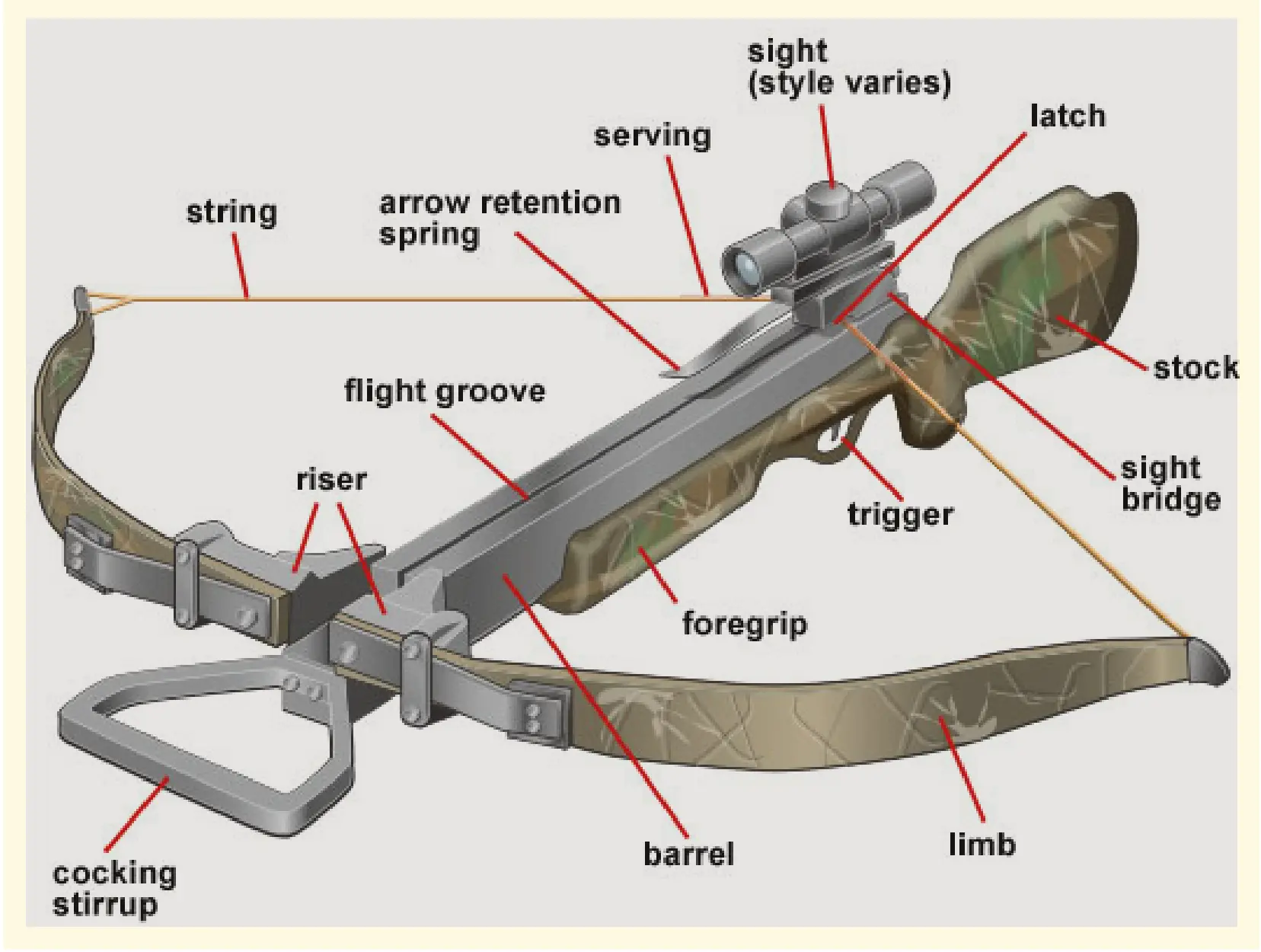
Now that you have learned about different types of crossbow latches the next thing that you need to know is the main parts that a crossbow latch consists of. In this section, we will take a look at the different parts of a crossbow latch.
Trigger
The trigger is the part of the latch that is pulled to fire the crossbow. It is typically made of metal and consists of a trigger guard, a trigger, and a trigger adjustment screw.
The trigger guard serves the purpose of keeping fingers away from the trigger, while the trigger and adjustment screw allow for greater accuracy when firing.
The trigger also has a safety which is used to prevent accidental firing of the crossbow.
Bolt
The bolt is the projectile that is fired from the crossbow. It is made from either wood or metal and is typically tipped with a broadhead for hunting.
The bolt fits into the groove at the front of the crossbow, and the length and diameter of the bolt are important considerations when choosing a particular type of crossbow.
Spring
The spring is a compressed metal coil that helps to propel the bolt forward when the trigger is pulled. The spring is housed in the stock of the crossbow and is connected to the trigger. When the trigger is pulled, the spring is released and the bolt is propelled forward.
Plunger
The plunger is a metal rod, usually made of steel, that is used to hold the bolt in place while the crossbow is cocked. It is inserted into the groove at the front of the crossbow, and when the trigger is pulled, the plunger is released, allowing the bolt to be fired.
The Role of a Latch in a Crossbow
At this point, we hope you know almost everything about the crossbow latches. Now there is still one thing left and that is the role of the latch in the whole crossbow operation. In this section, we will shed some light on it and try to explain how a crossbow latch completes the whole mechanism.
Releases the Arrow or Bolt When the Trigger is Pressed
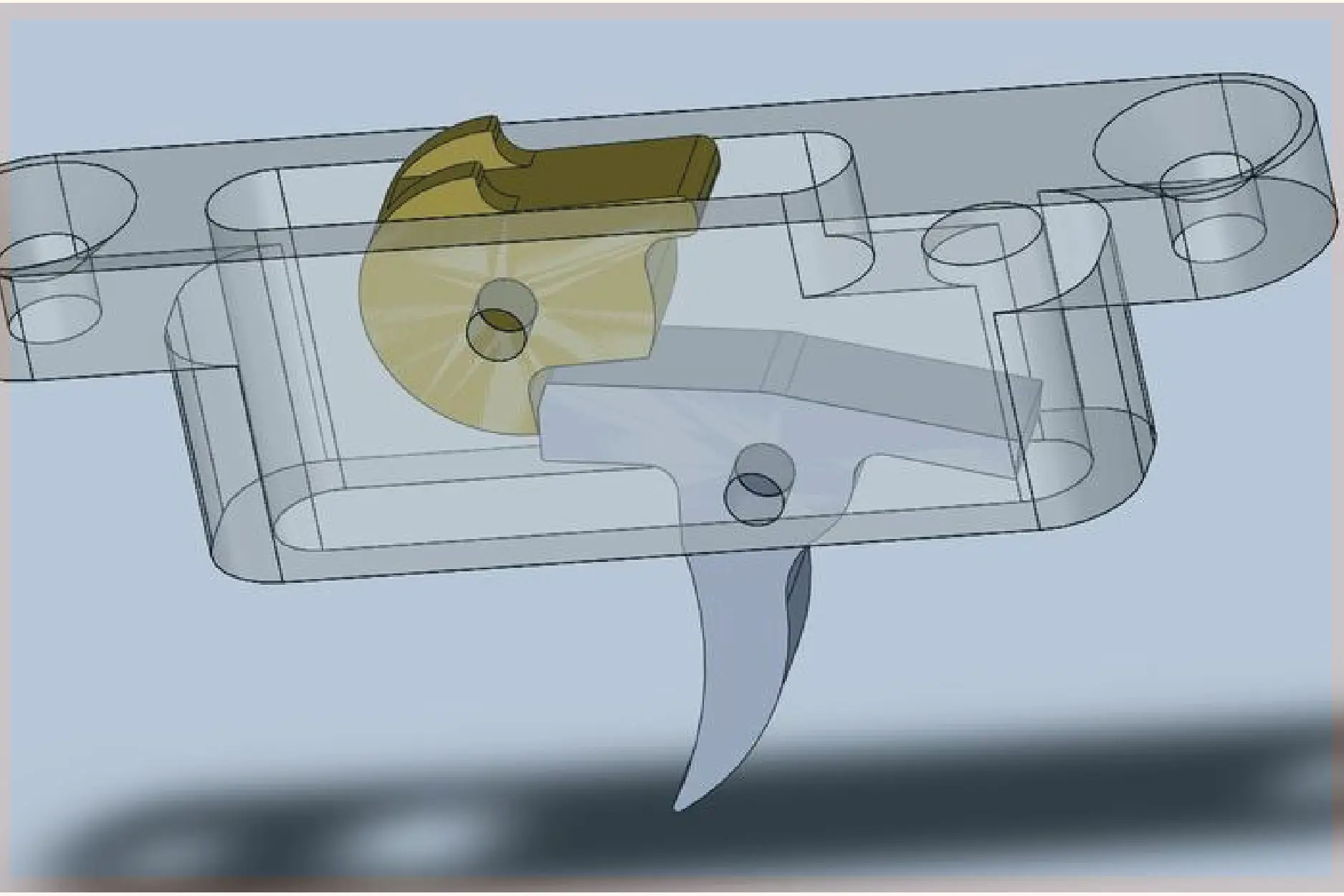
A latch is an important part of any crossbow. When the crossbow trigger is pulled, the latch releases the string, propelling the arrow or bolt towards its target. This happens in a fraction of a second, quickly and efficiently releasing the arrow or bolt. Without the latch, the crossbow would be unable to shoot its arrows or bolts, making it a vital part of the tool.
Provides Tension to the String Which Gives the Arrow or Bolt its Power
The latch also provides tension to the bowstring, which gives the arrow or bolt its power. The latch holds the string back when the crossbow is not in use and only releases it when the trigger is pulled. This tension is what provides the arrow or bolt with the force to reach its target, making the latch a key factor in the performance of the crossbow.
We have created a guide that covers How Does an Archery Back Tension Release Work? in Our Last Article.
Secures the Bowstring When Not in Use
The latch also serves an important purpose when the crossbow is not in use: it secures the bowstring so that no tension is lost.
This is important because if the string were to become loose and lose tension, it would be unable to shoot arrows or bolts accurately. The latch keeps the string at the right tension, making sure the crossbow is ready to go when it is needed.
All in all, the latch is an essential part of any crossbow. Its purpose is to release the string when the trigger is pulled, providing the arrow or bolt with the power it needs to reach its target.
It also secures the string when the crossbow is not in use, ensuring that the proper tension is maintained. Without the latch, the crossbow would be unable to shoot arrows or bolts accurately.
Proper Maintenance of a Crossbow Latch
Maintaining a crossbow latch is an important part of ensuring that your crossbow is in optimal working condition and ready for use.
Keeping up with regular maintenance and repairs can prevent more serious issues down the line. This section will explain the proper maintenance of a crossbow latch so that you can keep your crossbow safe and functioning.
Check for wear
The first step in maintaining your crossbow latch is to check for any signs of wear. Inspect the latch for any cracks, rust, or other damage. Make sure the latch is securely attached to the crossbow frame. If any signs of damage are found, replace the latch as soon as possible.
Make sure the spring and plunger are lubricated
The spring and plunger of the crossbow latch should also be lubricated regularly. Use a high-quality lubricant and apply it to the spring and plunger to ensure that they are in good working condition. Make sure to follow the manufacturer’s directions for the proper type and amount of lubricant to use.
If necessary, replace parts
If the latch is beyond repair, it may be necessary to replace parts of the crossbow. There are several parts of the crossbow latch that may need to be replaced, including the plunger, spring, and latch itself. Make sure to research the best replacement part for your crossbow before purchasing one.
Always Use Caution When Handling the Latch
When handling a crossbow, the latch should always be handled with extreme care. The latch needs to be properly locked into place before the bow can safely be used. If the latch is not properly secured, the bowstring could slip, resulting in a misfire or injury.
To ensure that the latch is properly secured, always use two hands when securing and unhooking the latch. Additionally, always inspect the latch before and after use to ensure that it is secure.
Use Protective Eye Wear
Wearing proper eye protection is always essential when handling a crossbow. Because of the powerful force of the bowstring, it is possible for it to snap and cause harm to the user’s eyes. Wearing safety glasses or a face shield is essential to protect your eyes from potential harm.
Make Sure the Latch is Securely Tightened Before Use
Before use, always make sure that the latch is properly secured. Checking the latch for proper placement and ensuring that it is securely locked into place is essential for the safe and proper use of a crossbow. If the latch is not properly secured, the bowstring could potentially slip, resulting in an inaccurate shot or even injury.
Conclusion
When using a crossbow, safety is of the utmost importance. Taking the proper precautions when handling the latch is essential to the safe and effective use of this tool. Always use two hands when securing the latch, and always wear the appropriate protective eyewear.
Finally, always make sure that the latch is securely tightened before use. By following these safety considerations, crossbow users can enjoy their time shooting with peace of mind.
Thanks For Visiting!
Related Articles:-
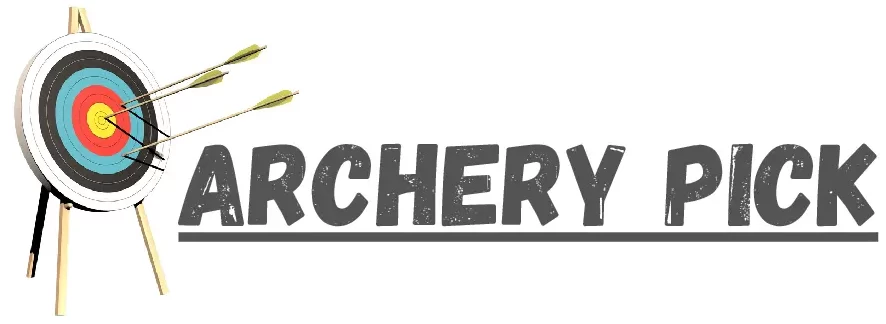
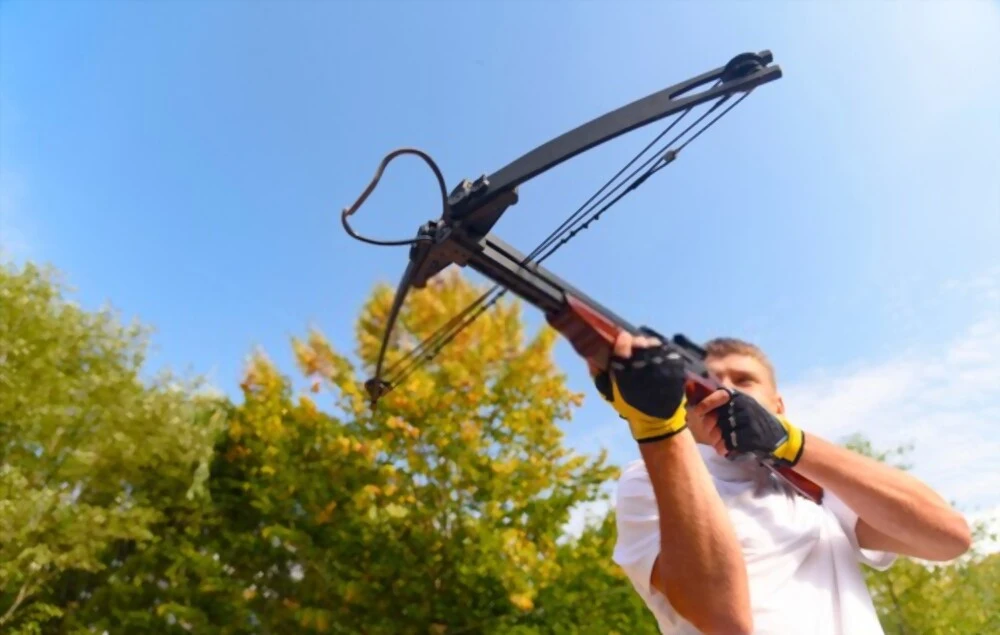

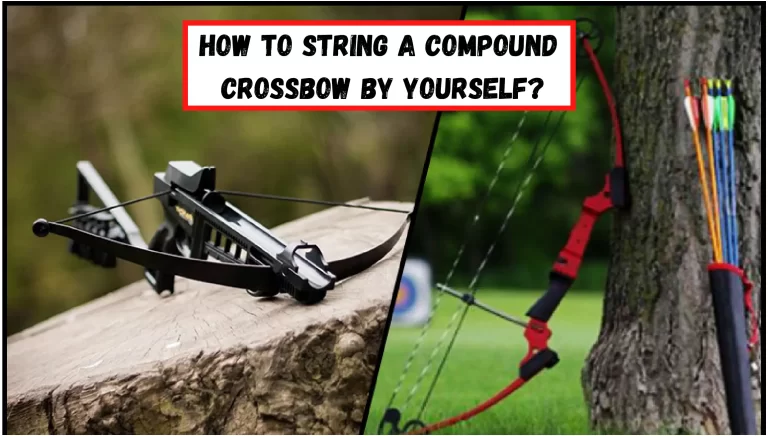
![How Much Does it Cost to Restring a Crossbow? – [Explained]](https://archerypick.com/wp-content/uploads/2022/12/3How-Much-Does-it-Cost-to-Restring-a-Crossbow-768x436.webp)
